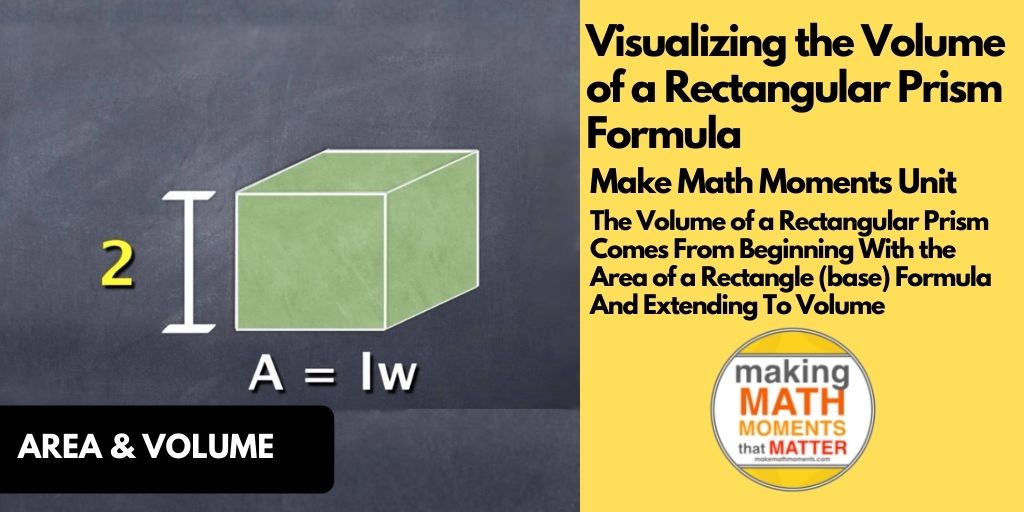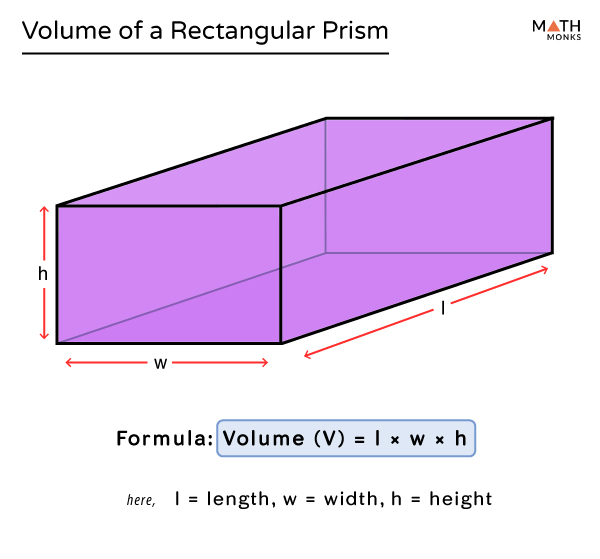


Have you ever wondered how difficult it would have been for humans to perform calculations if calculators were not invented? Imagine how it would have felt to search for an answer to the same question, exploring different formula and not finding the solution, again and again? Fortunately, due to the power of the human brain and computer science we can avoid these circumstances as we are blessed with calculators. The Math Basics You Need to Know About Prism Calculators
#FIND VOLUME OF RECTANGULAR PRISM CALCULATOR FREE#
Please provide a rating, it takes seconds and helps us to keep this resource free for all to use

Rectangular Prism Volume Formula and Calculations Rectangular Prism Surface Area Formula and Calculations Rectangular Prism Diagonal Formula and Calculations The Volume ( V) Area of a rectangular prism is The Surface Area ( A s) of a rectangular prism is The Diagonal ( d) of a rectangular prism is Rectangular Prism Results, Calculations and formula Triangular Prism Volume Formula and Calculations Triangular Prism Surface Area Formula and Calculations Triangular Prism Lateral Surface Formula and Calculations Triangular Prism Base Area Formula and Calculations The Surface Area ( A s) of a triangular prism is The Lateral Surface ( A L) of a triangular prism is The Base Area ( A b) of a triangular prism is Through the diameter the surface area of the base can be calculated and then to get the volume just multiply it by the cylinder's height.Prism Calculator Results (detailed calculations and formula below) Traingular Prism Results, Calculations and formula Our volume calculator requires that you insert the diameter of the base.

In many school formulas the radius is given instead, but in real-world situations it is much easier to measure the diameter instead of trying to pinpoint the midpoint of the circular base so you can measure the radius. You need two measurements: the height of the cylinder and the diameter of its base. The volume formula for a cylinder is height x π x (diameter / 2) 2, where (diameter / 2) is the radius of the base (d = 2 x r), so another way to write it is height x π x radius 2. To calculate the volume of a tank of a different shape, use our volume of a tank calculator. By designating one dimension as the rectangular prism's depth or height, the multiplication of the other two gives us the surface area which then needs to be multiplied by the depth / height to get the volume. They are usually easy to measure due to the regularity of the shape. To calculate the volume of a box or rectangular tank you need three dimensions: width, length, and height. To find the volume of a rectangular box use the formula height x width x length, as seen in the figure below: For this type of figure one barely needs a calculator to do the math. It is the same as multiplying the surface area of one side by the depth of the cube. The only required information is the side, then you take its cube and you have found the cube's volume. The volume formula for a cube is side 3, as seen in the figure below: air conditioning calculations), swimming pool management, and more. Volume calculations are useful in a lot of sciences, in construction work and planning, in cargo shipping, in climate control (e.g. The result is always in cubic units: cubic centimeters, cubic inches, cubic meters, cubic feet, cubic yards, etc. All measures need to be in the same unit. Below are volume formulas for the most common types of geometric bodies - all of which are supported by our online volume calculator above. Examples of volume formulae applicationsĭepending on the particular body, there is a different formula and different required information you need to calculate its volume.


 0 kommentar(er)
0 kommentar(er)
